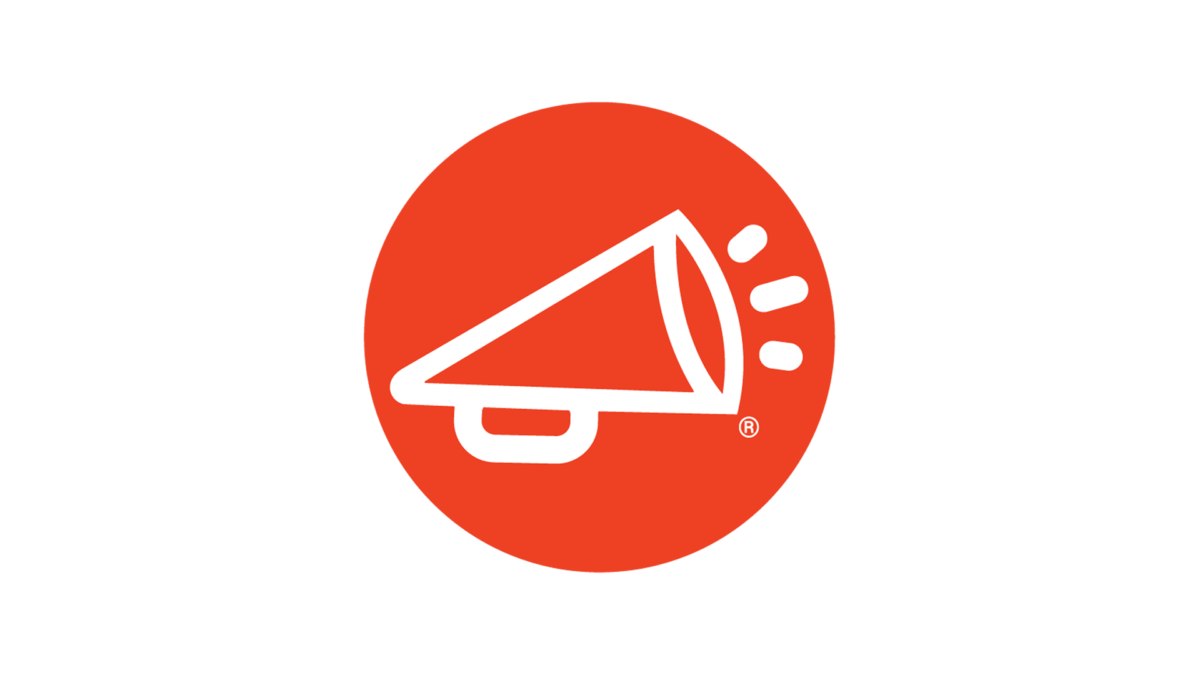
As HR transitions toward an employee-first approach, the field of People Operations — also known as People Ops or POPs — has taken on greater importance in the modern workplace. This subcategory of HR is focused on enhancing the employee experience and leveraging data-driven strategies to promote organizational success.
Even while HR teams continue to prioritize more traditional, compliance-centered duties, many are adding POPs departments or executives. These strategy-minded professionals focus on creating work environments where employees feel valued and appreciated.
Is your company considering implementing People Operations? The benefits are numerous, ranging from improved employee engagement to increased productivity and performance. Let’s dive into the history of POPs, its core functions, and its advantages for organizations.
Developed by Laszlo Bock, former HR Director at Google, People Ops is an HR subcategory that focuses on bringing value to every step of the employee lifecycle. Under his strategic and forward-thinking leadership at Google, the company revamped its HR team to focus on tracking the employee experience and introducing strategies that improve worker satisfaction. Bock was driven by a firm belief that employees are more likely to be productive when their workplace culture prioritizes their well-being.
Bock’s people-first approach worked. Not only was he able to solve the problem of higher attrition among Google’s female employees, but he vastly improved overall employee happiness levels.
Since the early 2000s when Bock first introduced People Ops, POPs has been adopted by a growing number of companies. POPs is now a well-recognized and effective business strategy, and organizations are increasingly hiring People Ops professionals to humanize their business processes.
As a subcategory of HR, People Ops is essentially people management — just like all other HR functions. However, while traditional HR tasks largely involve compliance and administrative needs, People Operations is a more strategic and proactive approach that emphasizes employee satisfaction and high-level goals rather than procedural tasks. As Laszlo explains in his book Work Rules, POPs puts “purpose” over “process.”
Whether it’s a full-fledged People Operations team or a single POPs manager leading the charge, People Ops professionals have many responsibilities. And, all of these job functions revolve around boosting success for employees during every step of the employee lifecycle.
Typical POPs responsibilities include:
People Ops teams recognize that when employees feel empowered to advance their skills, they are more likely to be satisfied at their company. To that end, POPs teams are tasked with overseeing learning programs and career pathing opportunities that support career growth.
Closely tied to professional development is performance management, or assessing employee performance and providing feedback. Unlike the more traditional HR approach to performance management — which involves fewer and more structured performance evaluations — POPs teams are continuously monitoring performance, sharing feedback, and collecting robust metrics.
POPs teams carefully map out and examine every step of the employee lifecycle — from recruiting to offboarding, and everything in between. By identifying crucial moments within the employee journey, POPs professionals are able to pinpoint areas for improvement and introduce more value to each stage.
Recognition of employee accomplishments is a powerful motivator in the workplace. It has been found to increase engagement, performance, and attrition rates. People Ops professionals make recognition a key component of company culture by overseeing full-fledged recognition and rewards programs — rather than promoting one-off, randomized praise. They often utilize recognition software to automate and enhance recognition efforts.
New HR technologies have made it easier to gather and interpret large amounts of data. As People Operations departments navigate workforce management decisions and seek to align them with larger business objectives, monitoring of metrics plays an important role.
People Operations teams bridge the gap between the company’s strategic objectives and its workforce. Through robust communication and training programs, they help align the workforce with the organization’s goals. This function is particularly important when companies have to navigate change management initiatives to prepare employees for large transitions.
People Ops departments are tasked with shaping and maintaining the company culture as part of their efforts to improve the employee experience and attract high-quality talent. This means nurturing an environment that’s in sync with company values and reflects its employees’ needs and wants.

Implementing People Operations provides many measurable benefits for companies. By prioritizing employee satisfaction just as much as customer satisfaction, businesses are able to achieve several desirable outcomes — such as:
Employees are more engaged when they’re valued, recognized, and given opportunities to grow. Because People Ops prioritizes the employee experience, it naturally leads to a more engaged workforce that’s passionate about their work and company.
Companies that prioritize People Ops are more likely to achieve their goals, as they are careful to only implement HR strategies that are in sync with business objectives. The robust collection of data is another factor that helps People Ops teams achieve company goals.
Because People Ops prioritizes company culture and employee satisfaction, the organization ultimately becomes more attractive to potential hires. The company is also better able to retain top talent by offering a supportive and growth-oriented work environment.
Prioritizing the employee experience includes efforts that enhance the physical and mental health of all employees. People Ops teams oversee wellness programs, paid leave policies, and other workplace benefits that contribute to a healthier workforce and reduce absenteeism and healthcare costs for the employer.
People Ops initiatives such as ongoing feedback, recognition, and training programs all help improve productivity and performance levels among workers. Employees are more likely to perform well when they feel appreciated and have a clear vision of what success means for the company.
People Operations teams typically weave diversity, equity, and inclusion (DEI) efforts into their employee experience strategies. As they take steps to improve the worker experience, POPs departments focus on improving inclusivity and attracting diverse employees.
As a data-driven approach to HR, People Ops teams rely heavily on goal-setting and metric monitoring. Two of the most common goal-setting frameworks used by POPs departments are Objectives and Key Results (OKRs) and Key Performance Indicators (KPIs)
OKRs consist of clear, non-measurable goals (objectives) that are linked with one or more quantitative outcomes (key results). KPIs are metrics that evaluate the effectiveness of various initiatives and processes.
The following are some examples of OKRs and KPIs:
Objective: Improve employee engagement
Key Result 1: Increase employee engagement scores by 10% in the annual survey
Key Result 2: Implement a monthly team-building activity across all departments
Key Result 3: Implement weekly team check-in meetings
Objective: Improve talent acquisition
Key Result 1: Reduce time-to-hire by 20%
Key Result 2: Implement an employee referral program
Key Result 3: Create a job listing page on a website
Objective: Enhance professional development efforts
Key Result 1: Achieve a 75% program completion rate by the end of the year
Key Result 2: Increase participation in the program by 30%
Key Result 3: Launch a mentorship program with a trial group of 20 mentors and mentees

Whether you’re considering building an entire POPs team or hiring a single People Operations Manager, know that your organization is sure to benefit from this holistic and employee-centric HR mindset shift.
Embracing People Ops within your organization is a powerful acknowledgment that the success of your company is intrinsically linked to the well-being and growth of your employees. Start small, focus on measurable impacts, and let the principles of People Ops guide you in transforming your workplace. Here are some key first steps to launching POPs within your company:
If your goal is to create a full People Ops team rather than having a single People Ops professional, you’ll want to start familiarizing yourself with the standard POPs roles, including:
Which of your current HR practices or areas would benefit from a more people-centric approach? This audit will help you understand where you stand and what needs to change.
With a better understanding of your existing HR procedures, it’s time to create a detailed plan that outlines new initiatives, policies, and practices that will improve the employee experience. As you do so, keep in mind your business’s larger goals and strive to stay closely aligned.
HR technology is an important driver of success for People Operations. Take the time to start comparison shopping for various HR tools, such as employee engagement platforms, performance management systems, and data analytics tools.
As you explore HR technology for your workplace, remember that employee recognition is a crucial component of a positive work experience. WorkProud’s employee recognition and rewards software is an end-to-end platform that promotes consistent feedback and recognition while enhancing the employee lifecycle. Our tools improve not just employee recognition but also performance management, well-being, and DEI efforts — all in one place. To learn more or try a free demo, contact us today.
WorkProud is committed to helping its clients create a unified approach to the employee experience by helping them build cultures of workplace pride. Trusted by millions of users at some of the world’s most recognized employer brands, WorkProud delivers a comprehensive approach to building company cultures that inspire people to be Proud of their Work and Proud of their Company.

Every month, we share news, knowledge, and insight into what we believe is a pretty simple proposition: If you are “proud of your work and proud of your company,” you are more engaged, more productive, and more likely to stay with your company for the long haul.
*By selecting “SIGN UP,” you agree to WorkProud’s Privacy Policy. You may unsubscribe from our newsletter at any time. Please note when unsubscribing: it may take up to 10 business days for your request to take effect.
Here you will find insights curated for leadership seeking in-depth industry knowledge. Explore comprehensive studies, helpful guides, and expert white papers.
*By selecting “VIEW RESOURCES,” you agree to WorkProud’s Privacy Policy. You may unsubscribe from our emails at any time. Please note when unsubscribing: it may take up to 10 business days for your request to take effect.